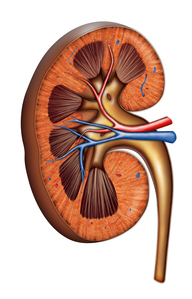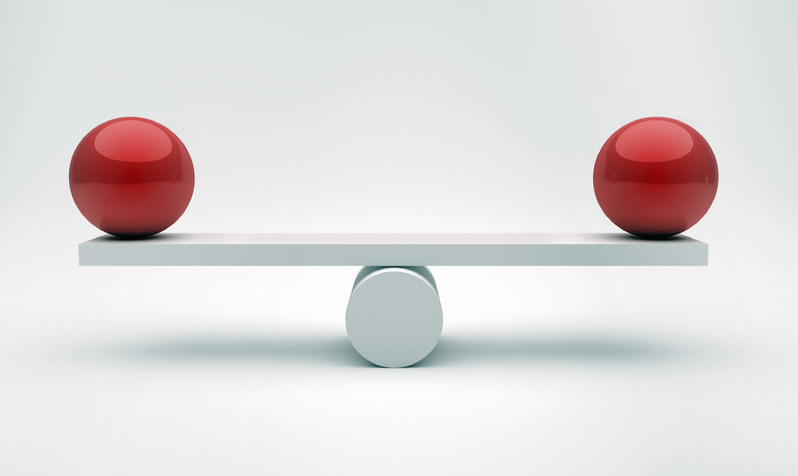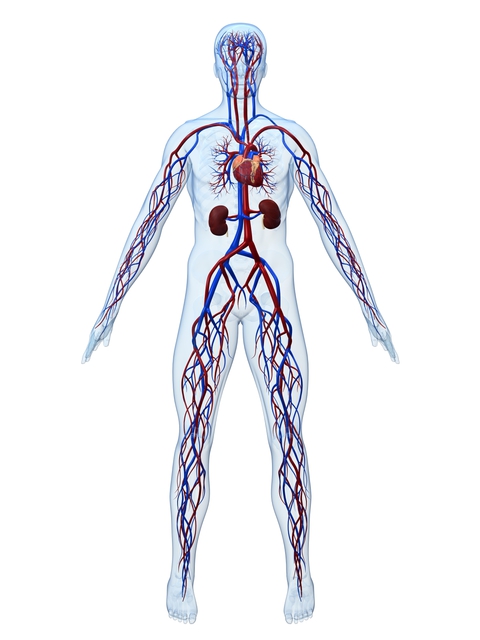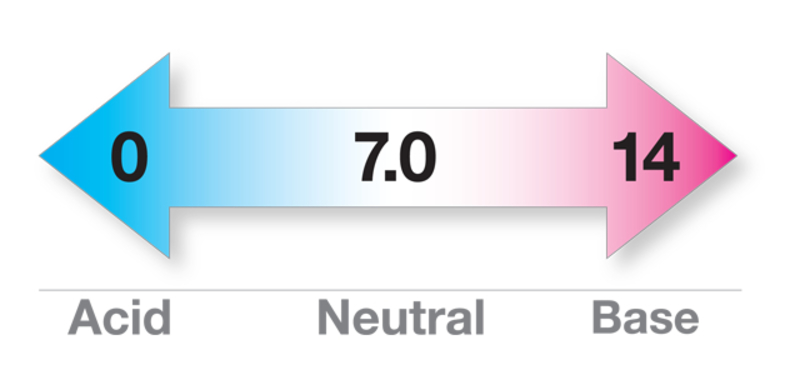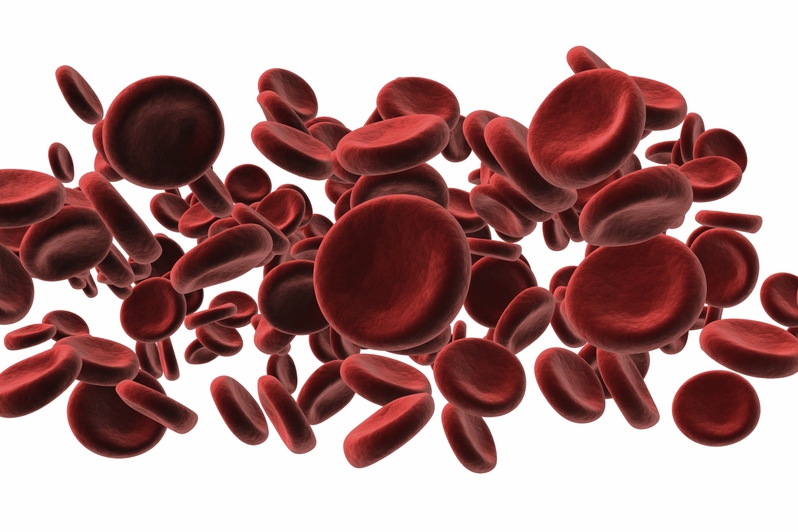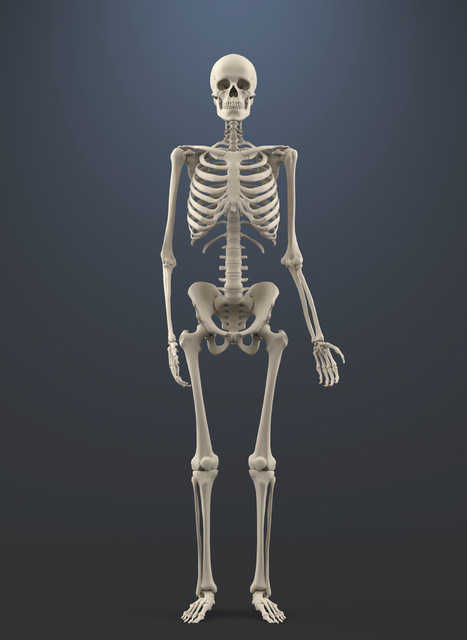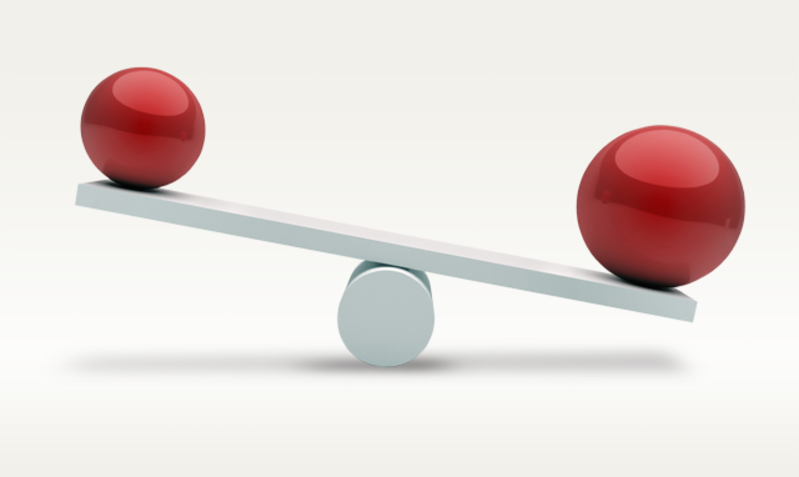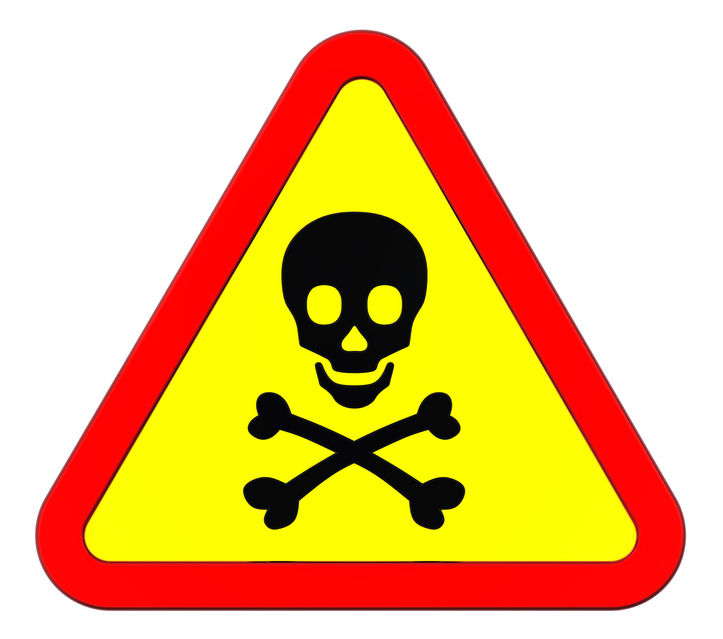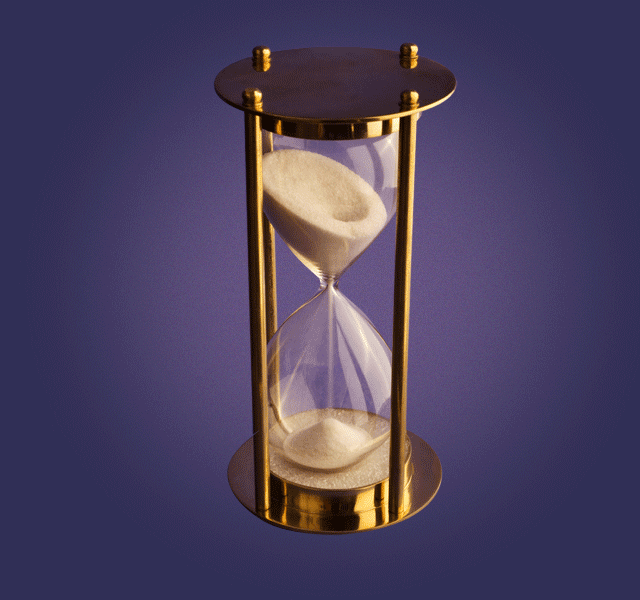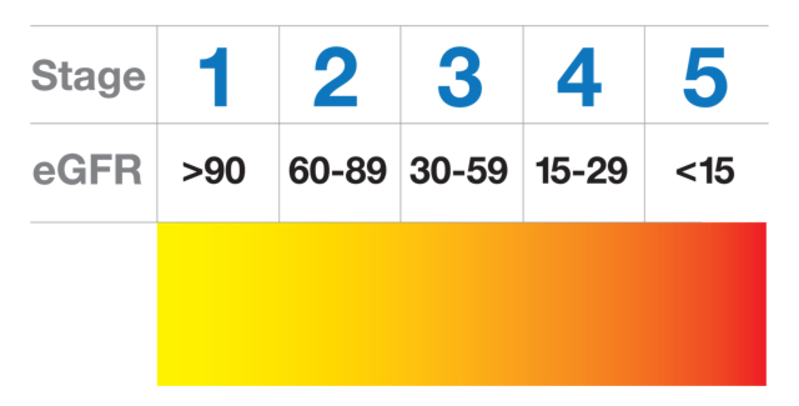The Job of Healthy Kidneys is BALANCE
Your body works best when water and chemicals in your blood stay in a tight range all the time. To keep your blood in balance, healthy kidneys do three main things:
- Kidneys remove wastes and excess water from your blood. Each time you eat, take medicine, or move your muscles, wastes build up in your blood. Your kidneys send these wastes (and extra water) to the “trash can”—your bladder. The wastes and water leave your body as urine.
- Kidneys make messages, called hormones. Kidney hormones help you make red blood cells, have healthy bones, and control your blood pressure.
- Kidneys control levels of electrolytes in your blood. In your body, electrolytes—such as potassium and calcium—carry nerve signals, help your blood to clot, and do many other key tasks.
Hormones are signals made in one part of the body that control another part of the body. Kidneys make three hormones:
- Erythropoietin (EPO) – helps you make red blood cells.
- Calcitriol (active vitamin D) – helps you absorb calcium from food.
- Renin – helps control blood pressure.
Kidneys Help Control Acid Levels in the Blood
Healthy kidneys—along with your lungs—keep tight control on the level of acid wastes in your blood. They remove excess acid wastes from the blood. Having this balance thrown off can affect many organs.
The acid level of your blood is measured using pH values. A pH of 7.0 is neutral. In most people, blood pH is about 7.4. Your clinic may measure your blood pH.
Kidneys Help Your Blood Carry Oxygen
Healthy kidneys check the number of red blood cells in your blood. If there are not enough, they send a hormone (called erythropoietin, or EPO) to your bone marrow to say: "make more!"
Your red blood cells carry oxygen from your lungs to all the cells in your body.
Kidneys Help Build Strong Bones
Finally, healthy kidneys help your bones in 3 ways. They:
- Turn Vitamin D in your body into its active form. Your gut needs active Vitamin D to absorb calcium from what you eat and drink. Without it, it doesn’t matter how much calcium you get.
- Control levels of calcium and phosphorus in your blood.
- Keep levels of parathyroid hormone (PTH) in check by having the right levels of calcium and phosphorus in your bones. If PTH levels get too high, your bones could become weak.
Kidneys play a big role in your overall health.
Acute Kidney Injury = Sudden Damage
Why do kidneys fail?
There are two kinds of kidney failure: acute and chronic.
Acute kidney injury is caused by sudden harm to the kidneys. Some common causes are a severe loss of blood, a severe drop in blood pressure, or a toxin, such as a medicine. Toxins that can cause acute kidney injury include:
- Some pain pills (non-steroidal anti-inflammatory drugs, or NSAIDs)
- IV contrast dye from X-ray tests
- Some antibiotics, like gentamycin or vancomycin
If someone lives through acute kidney injury, their kidneys may get some function back—but they may not. Having function come back may take as long as a year.
Some people who live through acute kidney injury are left with chronic kidney disease.
Chronic Kidney Disease = Slow Process of Damage
Chronic kidney disease gets worse over time. It can lead to kidney failure (the loss of kidney function). Damage happens so slowly that you will likely not feel a thing until it becomes severe. This is why some people have a hard time believing that they really have a kidney problem.
If your kidneys fail, with treatment you can turn the hourglass over and start a new life. Even with kidney failure your life CAN still be good.
Stages of Chronic Kidney Disease
Chronic kidney disease, or CKD, has five stages:
- In stages 1 and 2, the kidneys work but there is some damage and protein in the urine.
- Most people find out that they have CKD in stage 3 or 4, when kidney function starts to drop. (Some never have stages 1 or 2.)
- During stage 5 CKD, the kidneys hardly work at all. This is kidney failure, or end-stage renal disease (ESRD). If the kidneys reach end-stage due to CKD, there is no way to make them work again. You only need about 10% of your kidney function to live—and if you have less than that, there are treatments that can keep you alive and let you have a good life. To learn more, visit the Treatment Room.
A marker called eGFR is used to see how well your kidneys are working. eGFR may drop a little each year just due to normal aging. eGFR tells you what percent kidney function you have. Most healthy people have an eGFR of 90 or higher (90% function). The good news is, there’s a lot you can do to protect your kidneys once you know you have a problem.
What’s your eGFR? If you don’t know, ask your care team. Or, if you know your serum creatinine level you can find out with Our eGFR Calculator.
Tell Me About CKD
- Kidneys are located:
Not scored Many people think that the kidneys are below the waist, but they are above it, protected by the rib cage.
- What’s the main job of healthy kidneys?
Not scored Kidneys help take out your body’s "trash"—like excess water and some of the wastes from the breakdown of food and medicines.
- Kidneys get rid of wastes and excess water your body doesn’t need by:
Not scored The excess water and wastes that healthy kidneys remove leave the body as urine.
- What do kidneys have to do with your bones?
Not scored Kidneys play an active role in keeping your bones healthy.
- Chronic kidney disease is:
Not scored Often, people don’t know they have a kidney problem, because they may feel good until the kidneys are very damaged.













